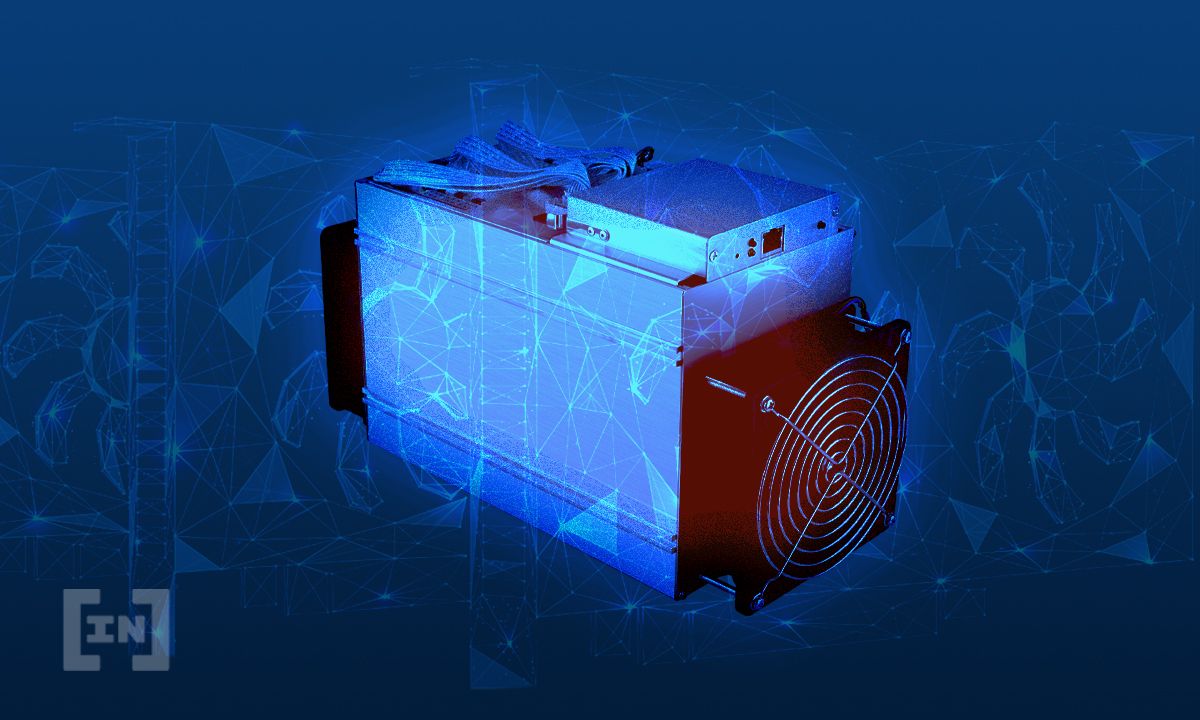Norway’s largest Bitcoin miner, Kryptovault says that it’s time to change the narrative about mining’s energy usage and contribution to pollution.
Generally, mining has been portrayed throughout the industry as “bad for the environment” – due to the high volumes of electricity requires to be able to help solve complex mathematical problems for transaction verification.
Estimates of bitcoin’s energy footprint vary, depending on the source. A single bitcoin transaction has the equivalent carbon footprint of 735,121 Visa transactions or 55,280 hours of watching videos on YouTube – something widely considered to be public knowledge.
During bitcoin’s infancy, laptops were used to mine bitcoin, and it was feasible to do so. However, the more bitcoins are mined, the greater the amount of computing power required. Eventually, personal computers became infeasible due to their rising energy costs, lending favor to graphic processing units (GPUs) and subsequently, ASIC, or application-specific integrated circuits.
As mining has become more sophisticated and evolved, companies are now devoting entire data centers full of ASICs to the cause, which of still course consume significant amounts of electricity. According to an economics professor at the University of New Mexico, the power needed to mine bitcoin today has increased to the point where it exceeds the power used by some countries annually – estimating that the power usage could be in the tens of terawatts each year.
Due to these conversation, Swedish regulators went so far as to recommend a complete ban on PoW mining – but Kryptovault is looking to change that perspective.
Kryptovault, Norway’s largest Bitcoin miner as well as the country’s largest data center provider and operator, is looking to clean up conversations around mining, as well as tidying up the energy footprint of mining bitcoin. Currently, Norway uses 100% clean energy, with 95% hydropower and 5% windpower.
Supporting its push for a different narrative surrounding mining, Kryptovault is continuing to build data centers closer to power sources, which serve to use power more efficiently and responsibly.
“If you look at the total energy cost, globally, for any given thing, its always going to be huge – I think we can always compare to that of a small European country. That includes traditional gold mining, which takes more than four times the amount of energy as bitcoin mining,” said Kryptovault CEO Kjetil Hove Pettersen.
It is Pettersen’s belief that the energy used by mining is comparable to other industries when looked at from a global perspective. To allay fears that Kryptovault’s push into bitcoin mining will be harmful to the planet, Pettersen argues that the cleanliness of the mining is only determined by the cleanliness of the power source.
“If you are running coal to run mining then that’s another story, that’s what you don’t want. Mining can be done in more places like Norway – and it can be a way to save trapped energy,” he added.
Ultimately, due to the high demand for bitcoin, mining, according to Pettersen, certainly provides economic incentives like tax returns for the government, and employment opportunities.
Is using excess renewables the answer?
Renewables have been proposed before, especially in Congress, where U.S. Senator Ted Cruz (R-TX) pitched the abundance of natural gas which, barring pipelining, is impossible to transport. If the gas is “flared” on-site i.e. burnt, the energy from there could be used with generators to mine bitcoin.
However, this still releases a by-product into the air, which is not good for the environment.
Enter true renewables, with benefits.
Enter hydro, wind and solar power.
Enter Kryptovault.
Kryptovault is looking to satisfy a demand for datacenter solutions, that, if built in other countries, would be detrimental to the environment. An unavoidable by-product of these computations is heat generation by the computers used to solve these puzzles.
For example, a lumberjack could hypothetically appreciate such a service that the Norwegian mining company is ultimately offering. He uses the free service to dry snow-dampened logs for later sale. The heat could also be used for drying seaweed – Kryptovault is exploring the latter.
Through its proprietary cooling system, Kryptovault not only reduces customer costs, but can provide guaranteed Proof of Origin of electrical power, so if customers require renewable energy, they can see proof in writing. Since data centers are constructed close to power sources, local municipalities can benefit.
Pettersen is very much an advocate of using excess renewable energy in the form of hydro, wind and solar power at certain times to exploit the resource within Norway’s borders, without the cost of transfer for other countries to use the energy.
It must be said, however, that mining companies in the U.S. have only theoretically pitched surplus renewables as an answer to the energy conundrum, in a recent congressional hearing. Following the hearing, the Bitfury Group, Riot Blockchain, Bit Digital, and Marathon Digital Holding were asked to disclose how much energy they use and where it is sourced.
This will reveal whether mining companies in the U.S. are actually using the surplus renewables they pitch.
Change the narrative, says Novogratz
Like Pettersen, others are also looking to change the narrative, including Galaxy Digital owner Michael Novogratz.
The company recently launched a sustainability program on energy use and social responsibility. Novogratz says the [crypto] industry needs to address a “false narrative around it being bad for the environment.”
Kryptovault is aiming for 15,000 computers, to be in effect by fall 2022, with it migrating to newer miners from China – which has been touted as being three times more energy efficient than their predecessors. Rumor has it that the company is also seeking a public listing, so something to keep eyes on.
What do you think about this subject? Write to us and tell us!
Disclaimer
In adherence to the Trust Project guidelines, BeInCrypto is committed to unbiased, transparent reporting. This news article aims to provide accurate, timely information. However, readers are advised to verify facts independently and consult with a professional before making any decisions based on this content. Please note that our Terms and Conditions, Privacy Policy, and Disclaimers have been updated.


